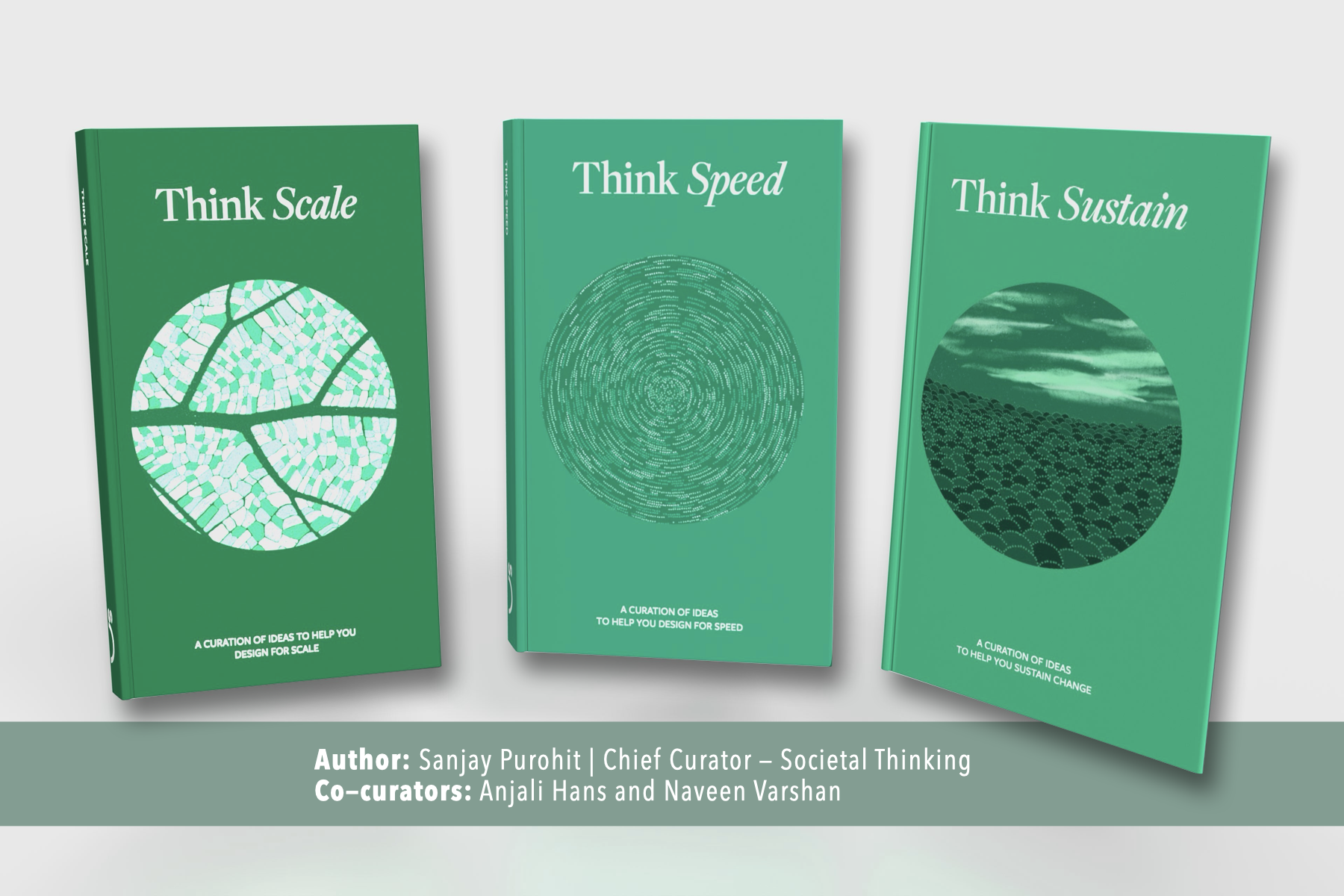From population-scale governance systems to day-to-day efficiency enhancers, exponential digital technologies have transformed the way we interact with our surroundings. Across the world, digital technologies continue to grow in function, scope and scale, and have become a central point in addressing and solving societal challenges. The transformative ability of digital systems like Artificial Intelligence (AI) and Generative Artificial Intelligence (GenAI) is being witnessed through immense global investment, deployment, and usage. Predictions from ecosystem experts estimate that such systems could contribute nearly USD 2 trillion to the global GDP over the next decade1, and affect 40% of jobs in emerging markets2.
The role of AI is growing across sectors, and this growth is propelling economic progress3. It is driven by easily available data, growing digitisation, capital flows, and efficiency gains from the use of AI.
The impact of AI is diverse and wide, and affects a range of stakeholders – the State, businesses, consumers, and workforces. The potential of such systems on society is undeniable, but so too is their impact.
Reimagine for equity
Given the rapid pace at which AI systems are being developed and deployed, measures to ensure robust design need urgent attention. Concerns emerging from such systems range from information manipulation, financial harm, identity theft, violent speech, bias and exclusion, and invasion of privacy of often vulnerable and marginalised populations. These concerns play out in multifarious ways for communities globally, however, have unintended consequences for historically marginalised populations.
As we continue to enjoy the benefits of such technologies, ecosystem actors should act in this moment to course-correct dynamically and work towards larger societal benefits.
Private and public sector architects are integral in building such systems in ways that benefit the users of such systems. In addition to the recommendations and toolkits provided through our research at Aapti – an organisation working at the intersection between technology and society to build solutions that enhance societal impact, justice and equity – on ‘Understanding Generative Artificial Intelligence’s Implications on Gender’ and ‘Artificial Intelligence and its Potential Impacts on Human Rights in India’, ecosystem movements have the potential to drive key stakeholders towards inclusive and robust system design and deployment.
Policy makers could work closely with private sector actors to understand the constraints of entities and provide guidance, enforce safeguards, incorporate grievance redressal, and protect users, all while encouraging innovation and reducing the possibility of monopolistic markets. As critical levers of change in the ecosystem, businesses could pre-empt and work proactively to strengthen inclusive and responsible system design. While the priorities of businesses often differ, building sustainable systems for more population groups could lead to significant benefits.
Finally, users, researchers, academia, and civil society could create pathways for meaningful feedback that strengthen overall system design. Collectively, timely multi-stakeholder conversations should be prioritised and considered the only way forward if equitable systems are indeed the goal.
The uptake of AI solutions seem to present significant economic value for businesses, however the nascency and breakneck speed of such innovation presents unique challenges for all realms of society, ones we may not have experienced before. In the GenAI and Gender report, we identified the potential impact of poorly designed GenAI solutions by delineating the stages, stakeholders, processes, and policies of GenAI models through a value chain approach. Further, we mapped these potential risks to the United Nations Guiding Principles (UNGPs) to shed light on the impact it can have on human rights, especially that of women and other gender minorities.
The report urges ecosystem actors to adopt gender-intentional design principles and practices that are grounded in preserving human rights. The report also highlights that system-sided interventions should rely on identified value chains that unbundle complex systems and allow for more strategic solutions to be put in place. For instance, the risk assessment toolkits allow developers to identify areas where such harms might emerge, suggest remedial interventions, and allow developers to continue strengthening these systems. The report also highlights specific pathways for mitigation of these emerging harms for various ecosystem stakeholders.
The journey to achieving equitable digital system design might seem tumultuous, however, ecosystem actors could help forge the blueprint for future transformative systems and witness the multifarious benefits of these systems over time. To truly ensure the holistic representation of all relevant voices, such as historically marginalised users, developers of such systems, and policy makers, the AI ecosystem could actively work towards adopting equitable and inclusive approaches with sustainable efforts being grounded in reality.
Learn more about Aapti’s work on Artificial Intelligence and other digital systems here.
Key contributors to the GenAI and Gender research – Ritvik Gupta (Senior Analyst), Nandini Jiva (Analyst)
Key contributors to the AI implications on Human Rights in India research – Vinay Narayan (Senior Manager) and Aishani Rai (Manager)
1Boussour, L. (2024, March 22). Harness the productivity potential of GenAI. EY Parthenon
2Georgieva, K. (2024, January 14). AI Will Transform the Global Economy. Let’s Make Sure It Benefits Humanity
3ibid
Banner Image by: Ivan Bajic.
Image retrieved from iStock.
 Back
Back


